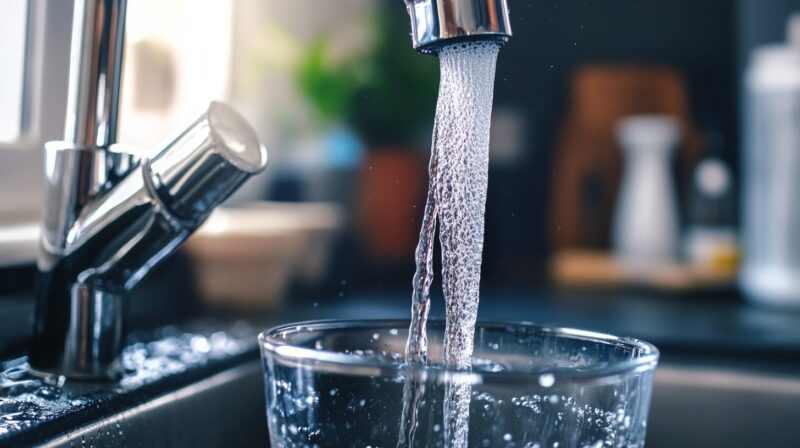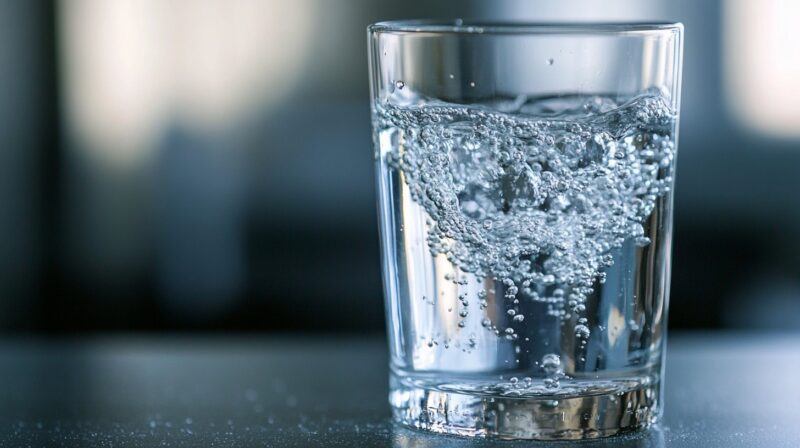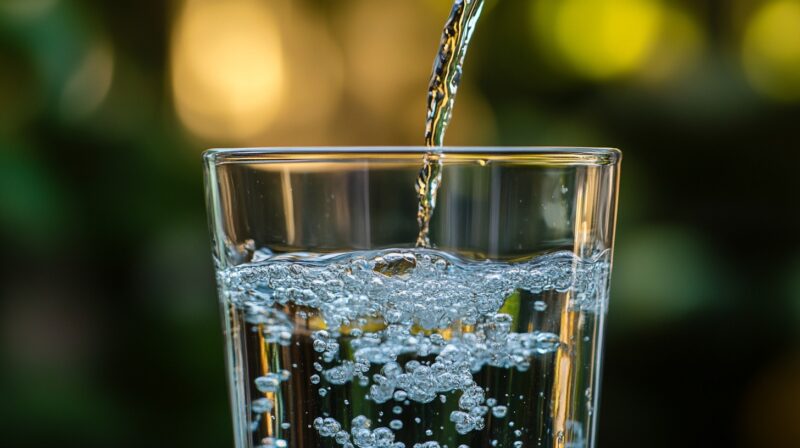Having clean water is crucial for your health and daily life. Testing your water at home ensures that what you drink, cook with, and bathe in is free from harmful contaminants.
By learning these simple methods, you can stay informed about your home’s water quality and take action if needed.
Water quality can vary greatly depending on where you live. Even if it looks clear, it can still contain pollutants that aren’t visible.Knowing how to test your water can help you identify potential problems and decide if you need to use filters or other treatments.
1) Use a Home Water Test Kit
Using a home water test kit is one of the easiest ways to check your water quality. These kits are available online or in stores. They can help you detect various contaminants such as bacteria, lead, and nitrates.
Before starting, read the instructions that come with the kit. This will ensure you get accurate results. Wash your hands before handling the test materials to prevent contamination.
Most kits come with test strips or vials. You simply need to dip the test strip in your water sample or fill the vial. After a few minutes, compare the color on the strip or vial to the color chart included in the kit.
Some kits also come with digital testers. These can give you a reading on things like pH levels and total dissolved solids. Digital testers can be more precise, but they might be more expensive.
Make sure you follow all guidelines from the Environmental Protection Agency (EPA) for accurate testing. If your results show any concerning levels of contaminants, consider contacting a professional for further analysis.
Using a home test kit can provide peace of mind about the quality. It’s a simple and effective way to stay informed about what’s in your water.

2) Try a Digital Water Quality Tester
Using a digital water quality tester is a simple and effective way to check the quality at home. These devices are easy to use and provide accurate readings for various water parameters.
Digital testers usually measure Total Dissolved Solids (TDS), Electrical Conductivity (EC), and temperature. Some models can also test for pH levels.
To use a digital quality tester, simply dip the probe into a sample and wait for the reading. Most results appear within seconds and can be seen on the device’s display screen.
Digital testers are portable and battery-operated. This makes them convenient for testing quality in different locations, such as your home, garden, or even while traveling.
Digital water quality testers are available online and in stores. Prices can vary, but many reliable models are affordable and offer good value for money. Check product reviews and features to find one that suits your needs.
Regular use of a digital tester can help you monitor changes in quality. This is especially useful if you use well water or live in an area with known water quality issues.
3) Perform a Simple Soap Suds Test

A straightforward way to check your water quality is with a soap suds test. You’ll need a clear, empty bottle with a cap, water from your tap, and some pure liquid soap.
Start by filling the bottle one-third full with tap water. Next, add a few drops of pure liquid soap. Make sure you use soap without additives or fragrances for the best results.
Close the bottle tightly and shake it vigorously for a few seconds. Look at the mixture inside the bottle to see what happens. If you see a lot of fluffy bubbles at the top and the water below is clear, your water is likely soft.
4) Check for Cloudiness and Sediment
Pour a glass of water and hold it up to the light. Look for any cloudiness or small particles suspended in the water. Clear water should be transparent and free of particles.
Let the glass sit undisturbed for a few minutes. Check the bottom of the glass for any sediment that may have settled. Sediment can indicate the presence of dirt, sand, or corrosion from pipes.
If you notice cloudiness or sediment, it could be a sign of contamination or issues with your plumbing. Consider using a filter or contacting a professional for further testing.

5) Smell for Chlorine or Other Odors
Take a close sniff of your water. Chlorine is often added to public water supplies to kill bacteria. If you notice a strong chlorine smell, this could be the reason.
To reduce chlorine, fill a pitcher with water and let it sit in the fridge for a few hours. Chlorine will naturally dissipate over time.
Boiling is another method. Boil it for about 15 minutes. This helps chlorine evaporate. After that, let it cool before drinking.
Activated carbon filters can also be useful. These filters can effectively remove chlorine and other odors.

Summary
Testing your water quality at home is essential for your health and peace of mind.
Make sure to act promptly if you discover any signs of contamination. Clean water is vital for drinking, cooking, and hygiene.
Regular testing helps ensure the water you use is safe and pure.

